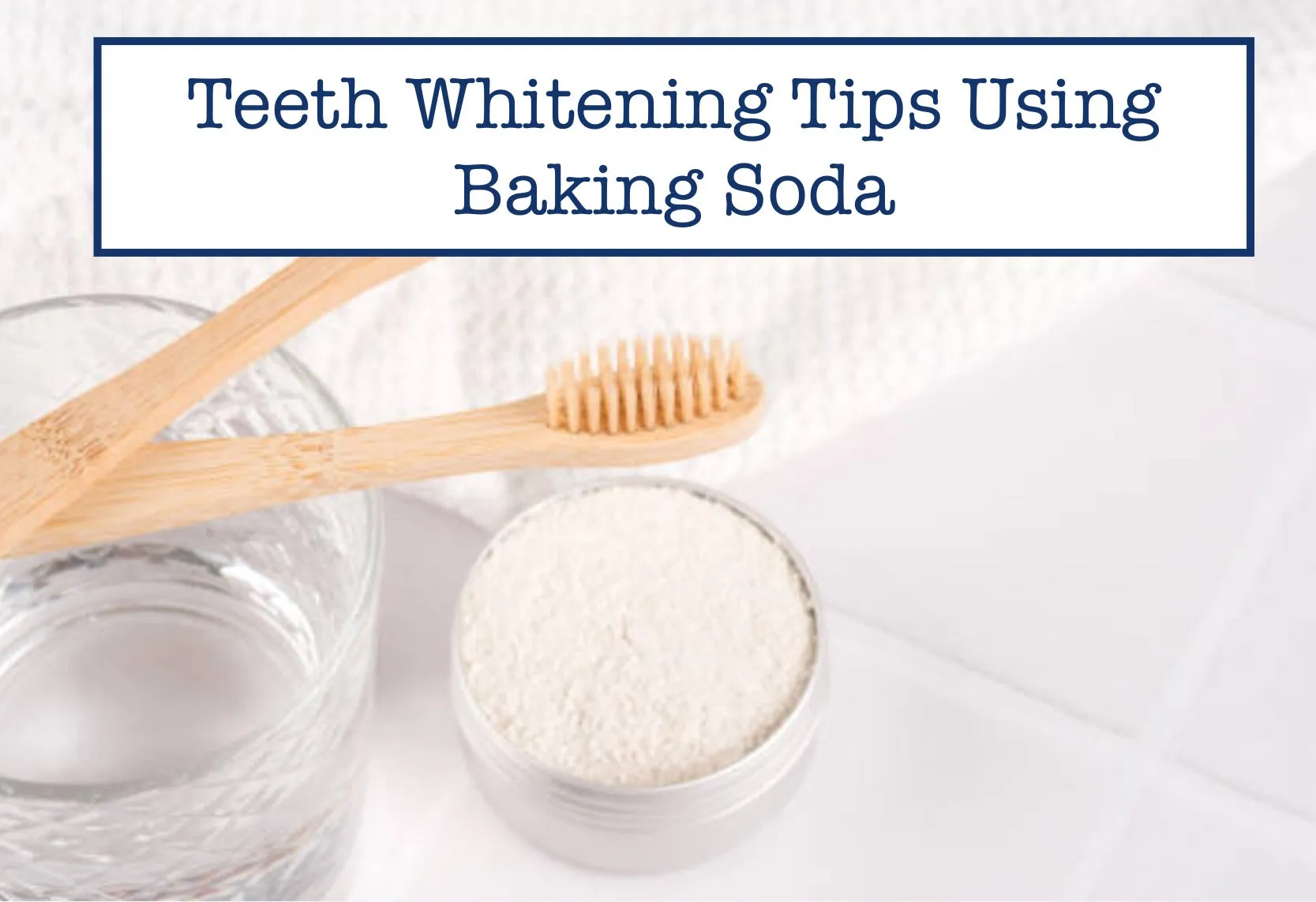Understanding Baking Soda Teeth Whitening
The quest for a brighter, whiter smile has led many to explore various methods, and among the most accessible and budget-friendly options is using baking soda for teeth whitening. Baking soda, also known as sodium bicarbonate, is a common household item that has been touted for its ability to remove stains and brighten teeth. However, it’s essential to understand how this method works and what to expect before incorporating it into your oral hygiene routine. This article delves into the facts, benefits, and potential drawbacks of using baking soda for teeth whitening, providing you with a comprehensive guide to help you make an informed decision.
How Baking Soda Works on Teeth
Baking soda’s effectiveness in teeth whitening primarily stems from its physical and chemical properties. It acts as a mild abrasive, helping to scrub away surface stains caused by coffee, tea, wine, and other staining agents. Furthermore, baking soda has a slight alkaline pH, which can neutralize acids in the mouth. This can reduce the acidity that contributes to enamel erosion and helps maintain a healthier oral environment. However, it is important to use it correctly to avoid damaging your teeth.
Baking Soda as a Mild Abrasive
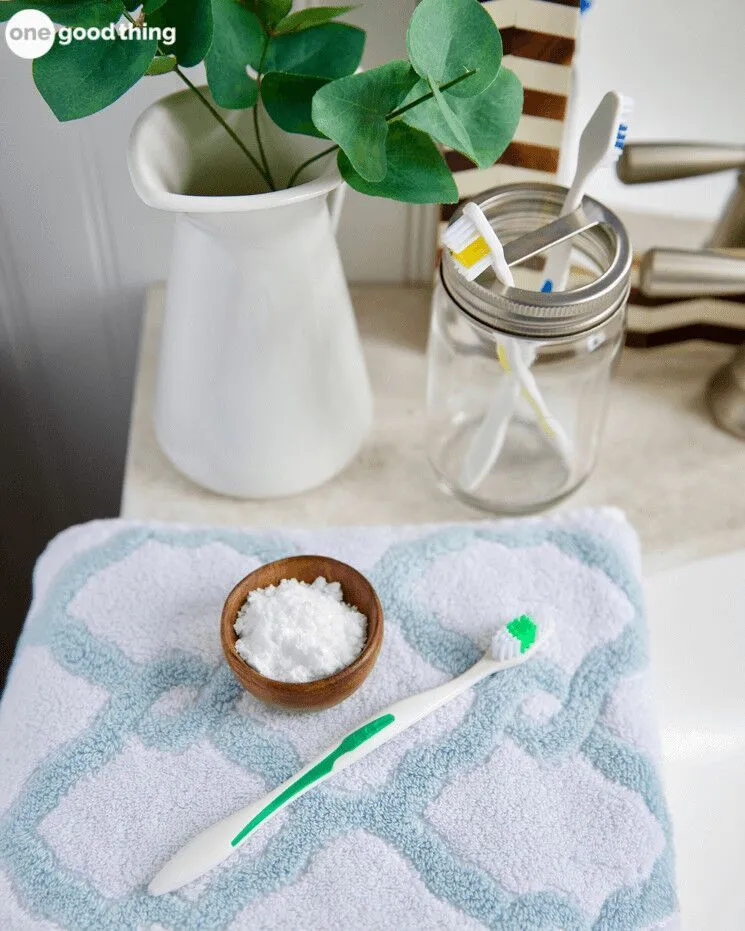
The abrasive nature of baking soda is key to its stain-removing capabilities. It works by gently scrubbing the surface of the teeth, dislodging stain particles. While this can effectively remove surface stains and make teeth appear brighter, it’s crucial to use baking soda with caution. Excessive or aggressive scrubbing can wear down the enamel over time, leading to increased sensitivity and a higher risk of cavities. Therefore, it is vital to be gentle when brushing with baking soda and to avoid excessive pressure.
pH Levels and Whitening
Baking soda’s slightly alkaline pH can also play a role in teeth whitening. Acids in the mouth, often from food and beverages, can weaken enamel and contribute to staining. Baking soda helps to neutralize these acids, creating a more favorable environment for oral health. By maintaining a balanced pH level, baking soda can assist in preventing enamel erosion and reducing the likelihood of stains adhering to the teeth. This aspect of baking soda’s properties contributes to its potential as a teeth-whitening agent.
Top 5 Facts About Baking Soda Teeth Whitening
Fact 1 Effectiveness and Limitations
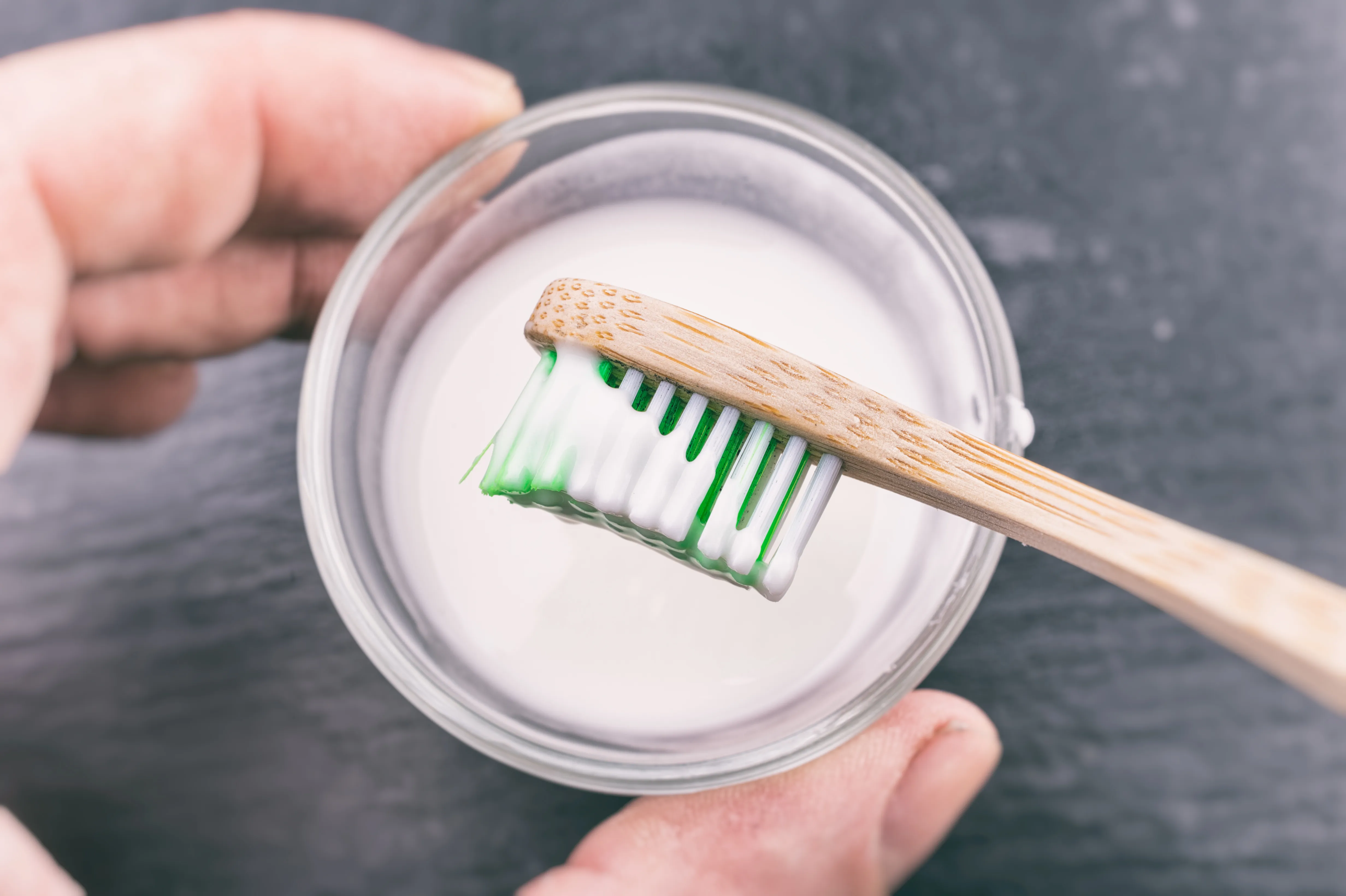
Baking soda is most effective at removing surface stains. This means it can help with stains caused by coffee, tea, and certain foods. However, it cannot change the intrinsic color of your teeth. For deeper discoloration or stains, such as those caused by aging or medication, baking soda may not be as effective. Professional treatments are often necessary for achieving significant changes in tooth color. It is important to manage expectations and understand the limitations of this home remedy.
Fact 2 Safety and Enamel Health
The safety of baking soda for teeth whitening depends on how it is used. Baking soda is a mild abrasive, and excessive use or aggressive brushing can damage tooth enamel. Enamel erosion can lead to increased sensitivity, and an increased risk of cavities. It is recommended to use baking soda sparingly and to brush gently. Consulting a dentist can provide tailored advice on how to best protect your enamel while whitening your teeth. Regular dental checkups are essential for monitoring enamel health.
Fact 3 Proper Application Techniques
To use baking soda safely, wet your toothbrush and dip the bristles into baking soda. Brush gently for no more than two minutes. Avoid applying too much pressure, as this can damage the enamel. Rinse thoroughly with water. Avoid using baking soda more than a few times a week to minimize the risk of enamel erosion. Some people also mix baking soda with water to make a paste. However, the effectiveness and safety depend on the technique.
Fact 4 Potential Side Effects
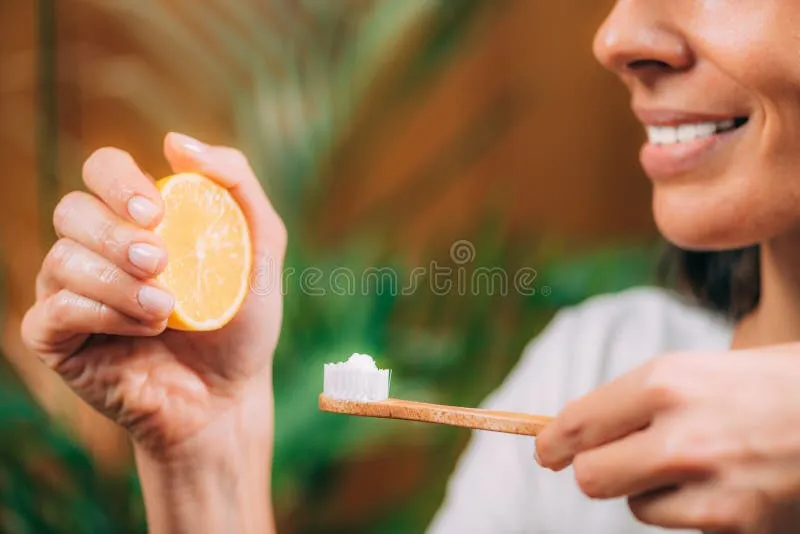
Potential side effects of using baking soda include increased tooth sensitivity, particularly if you have thinning enamel. Over time, excessive use can lead to enamel erosion, making teeth more susceptible to cavities and other dental problems. Some users may experience gum irritation. If you experience any adverse effects, discontinue use immediately and consult your dentist. It’s vital to monitor your oral health and to seek professional guidance.
Fact 5 Cost-Effectiveness
One of the biggest advantages of using baking soda is its cost-effectiveness. Baking soda is an inexpensive household item, making it an accessible option for those looking to whiten their teeth on a budget. Compared to professional teeth whitening treatments or over-the-counter whitening products, baking soda is a significantly cheaper alternative. However, the lower cost comes with the need for careful use and an understanding of the limitations compared to professional options.
How to Safely Use Baking Soda for Whitening
Mixing and Application Techniques
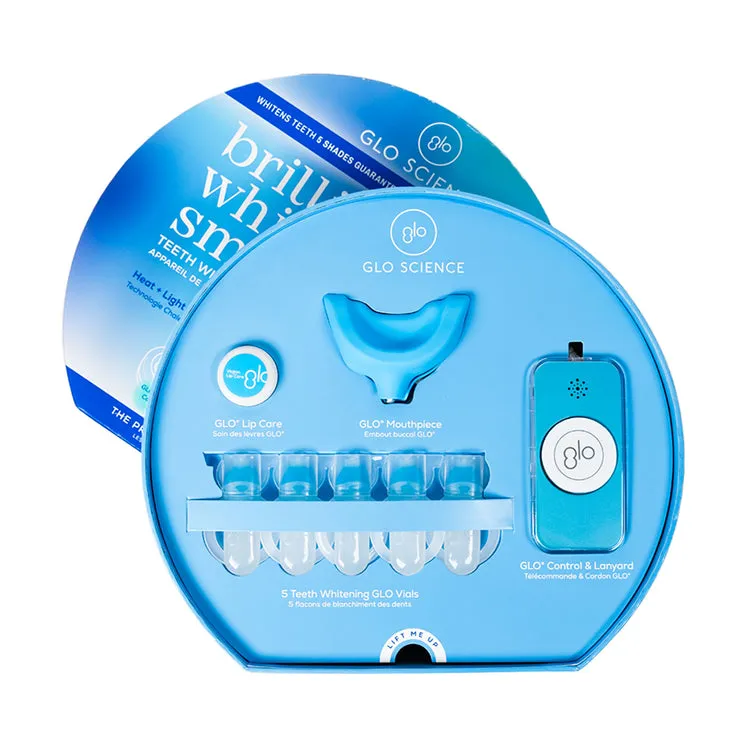
Mix a small amount of baking soda with water to form a paste. You can also dip a wet toothbrush directly into the baking soda powder. Brush your teeth gently for about two minutes. Focus on the stained areas, but avoid scrubbing aggressively. Rinse your mouth thoroughly with water after brushing. Be careful not to swallow the baking soda mixture. It is advised to brush your teeth with regular toothpaste afterward for optimal oral hygiene. This method ensures proper cleaning and minimizes potential risks.
Frequency and Duration of Use
It’s recommended to use baking soda for teeth whitening no more than two to three times per week. Overuse can damage tooth enamel. For best results, use it as a supplement to your regular brushing routine. If you experience any increased sensitivity or gum irritation, reduce the frequency or discontinue use. Monitor the results and consult with your dentist. It is important to incorporate baking soda safely into your routine for long-term oral health.
Alternative Whitening Methods
Professional Teeth Whitening Options
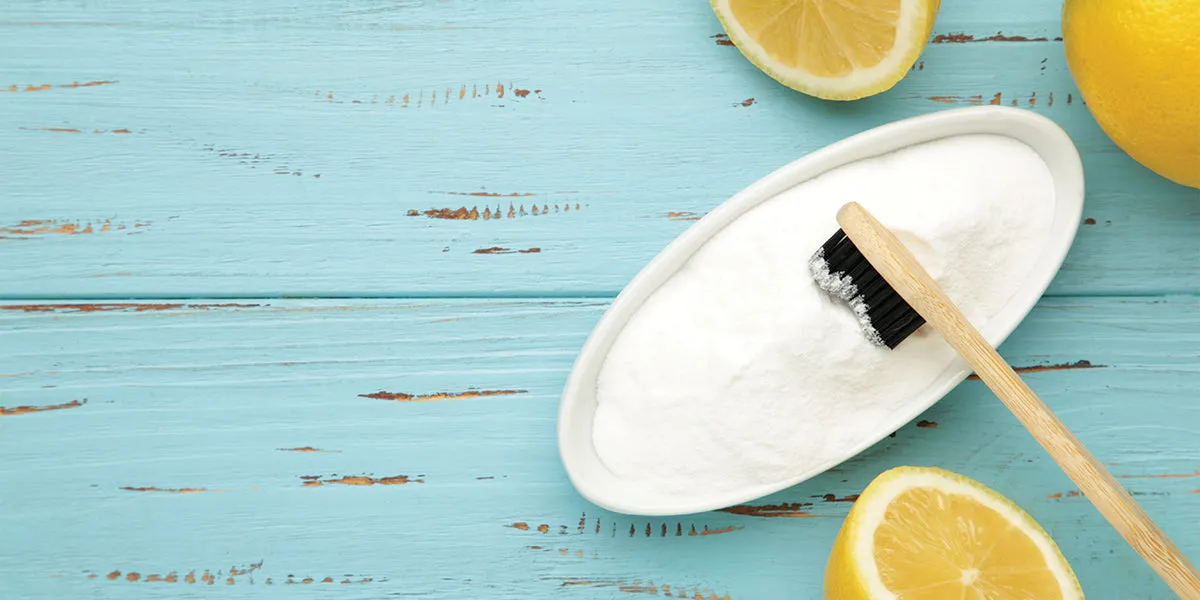
Professional teeth whitening treatments offer more dramatic and lasting results than baking soda. Dentists use higher concentrations of bleaching agents, such as hydrogen peroxide, to penetrate the enamel and whiten the underlying dentin. These treatments can be done in-office or with custom-fitted trays provided by your dentist. Professional whitening is a safe and effective way to achieve a significantly brighter smile. The treatment is often tailored to the individual’s needs.
Over-the-Counter Whitening Products
Over-the-counter whitening products, such as whitening toothpaste, strips, and gels, offer a convenient alternative. These products contain lower concentrations of whitening agents compared to professional treatments. While they may not be as effective for severe discoloration, they can provide noticeable results with consistent use. Always follow the instructions carefully and be aware of potential side effects like tooth sensitivity. It is important to read and adhere to all the product’s instructions.
Final Thoughts on Baking Soda Teeth Whitening
Baking soda can be a helpful tool in maintaining a brighter smile, particularly for removing surface stains. Its cost-effectiveness and ease of use make it an attractive option for many people. However, it’s essential to be aware of its limitations, potential side effects, and the importance of safe usage. Always prioritize your oral health and consult with your dentist for personalized advice. By combining proper techniques with regular dental check-ups, you can achieve and maintain a healthy, bright smile. Remember that consistency and a comprehensive approach to oral hygiene are key.
